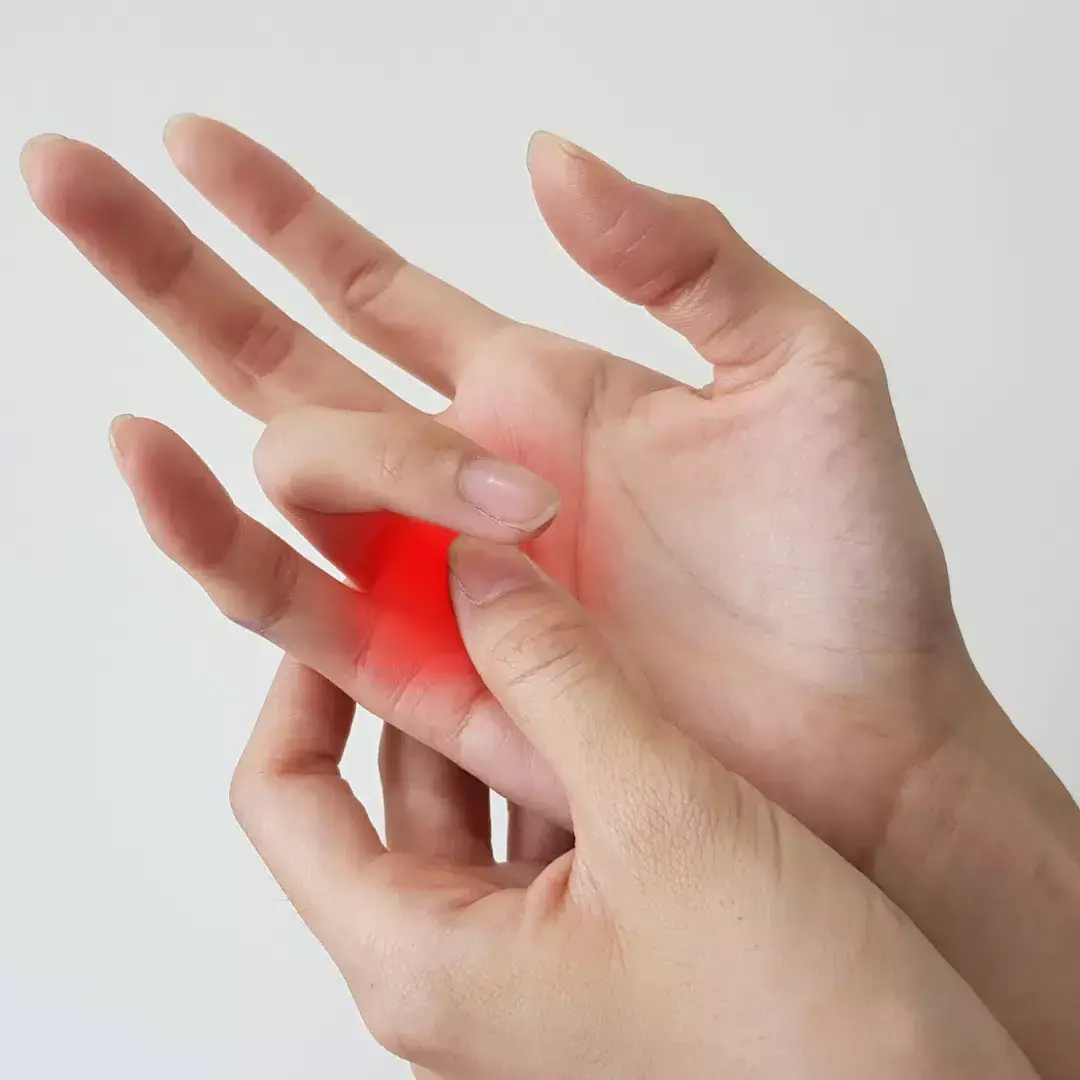Percutaneous A1 Pulley Release Outperforms Steroid Injection in Improving Functional Mobility for Trigger Finger: Study
- byDoctor News Daily Team
- 17 October, 2025
- 0 Comments
- 0 Mins

Trigger finger (TF) causes pain and impaired hand function. Percutaneous release of the A1 pulley demonstrates a better outcome than steroid injection in the treatment of TF; however, evidence remains limited. Mandeep Karki et al conducted a study to compare the effect of percutaneous release of the A1 pulley compared to local steroid injection in the treatment of trigger fingers. A hospital-based randomized clinical trial among 92 patients aged 18 years and above suffering from trigger fingers that were unresponsive to conservative treatment was conducted to evaluate the effect of the percutaneous release of A1 pulley and steroid injection. Quinnell’s classification, visual analogue scale (VAS) scoring system and thickness of A1 pulley, as well as the flexor tendon in the affected site, were assessed before and after intervention at six months. Student’s t-test, Mann-Whitney U test and chi-square tests were performed to compare the effectiveness of both treatments. The key findings of the study were: • Percutaneous release of the A1 pulley showed better functional improvement than steroid injection, with a p-value of < 0.001 and medium effect size of 0.43. • The pain score was also decreased more in the percutaneous release group than the steroid group (-5.1 ± 1.4 versus − 3.7 ± 1.8), with the group difference of 1.3 (95% CI: 0.6 to 2.0), with a p-value of < 0.001 and a large effect size of 0.87. • Nevertheless, steroid injection decreased the thickness of A1 pulley than percutaneous release (-0.34 ± 0.24 versus − 0.21 ± 0.21), with a p-value of 0.011 and a large effect size of 0.5. • Tendon thickness was decreased more in the steroid group compared with the percutaneous release group (-1.12 ± 0.73 versus − 0.34 ± 0.41), with a p-value of < 0.001 and a huge effect size of 1.31. The authors opined – ‘Percutaneous release of A1 pulley illustrated greater improvement in functional mobility with a moderate effect and pain reduction with a large effect compared to steroid injection. Likewise, all participants in the percuta¬neous release group showed symptomatic improvements, whereas approximately 15% of those in the steroid group needed re-intervention. The steroid injection group exhibited a greater reduction in the thickness of the A1 pulley and tendon sheath than the percutaneous A1 pul¬ley release group, suggesting that the pulley thickness may not be directly related to clinical outcome. Further multi-center trials with larger sample sizes and diverse participant populations are recommended to strengthen the evidence in this area.’ Further reading: Effect of percutaneous release versus steroid injection among adults with trigger fingers: a randomized clinical trial Mandeep Karki et al BMC Musculoskeletal Disorders (2025) 26:885 https://doi.org/10.1186/s12891-025-08981-6
Disclaimer: This website is designed for healthcare professionals and serves solely for informational purposes.
The content provided should not be interpreted as medical advice, diagnosis, treatment recommendations, prescriptions, or endorsements of specific medical practices. It is not a replacement for professional medical consultation or the expertise of a licensed healthcare provider.
Given the ever-evolving nature of medical science, we strive to keep our information accurate and up to date. However, we do not guarantee the completeness or accuracy of the content.
If you come across any inconsistencies, please reach out to us at
admin@doctornewsdaily.com.
We do not support or endorse medical opinions, treatments, or recommendations that contradict the advice of qualified healthcare professionals.
By using this website, you agree to our
Terms of Use,
Privacy Policy, and
Advertisement Policy.
For further details, please review our
Full Disclaimer.
Recent News
NEET PG Counselling 2025: MCC notifies NMC interim...
- 19 October, 2025
Novartis Scemblix receives positive CHMP opinion f...
- 19 October, 2025
Padma Shri Dr B K S Sanjay conferred with Wellness...
- 19 October, 2025
Chaukhutia CHC to be upgraded to 300-bed hospital:...
- 19 October, 2025
Daily Newsletter
Get all the top stories from Blogs to keep track.


0 Comments
Post a comment
No comments yet. Be the first to comment!